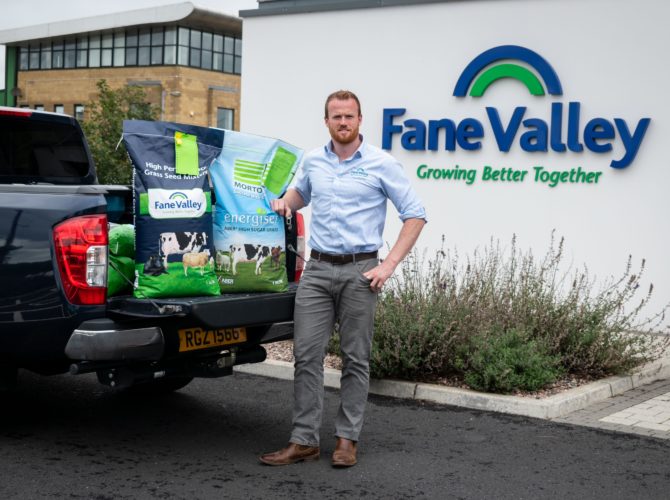Planning for an Autumn Reseed
28th July 2022

2022 has proven to be a good grass growing season for most and with many silos already full, this provides an opportunity to remove fields for reseeding this August, allowing for maximisation of production and fertiliser efficiency in the years ahead.
Reseeding grassland can improve grass yields and quality, resulting in higher performance from the sward and livestock. Grass is the cheapest feed source for ruminant livestock, costing around one quarter the cost of concentrate. Maximising grassland production and the animal performance from forage, is a major driver of profitability on farm. Research conducted in Ireland found that through reseeding as little as 5% of your grassland each year improved farm profitability by 19%. However, aiming to reseed 10% of the farm reseeded each year will improve production further. The increase in grass production allows higher stocking rates to be achieved alongside improving stock performance from grass. The study found that irrespective of milk price reseeding had a positive impact on profitability.
An Autumn reseed allows the new sward to establish well over the winter period and build soil structure giving a fully established sward for grazing or silage in the spring. The benefits of an autumn reseed are that they are less likely to be affected by dry conditions, have a reduced weed burden, and less production is ‘lost’ compared to removal of fields in the spring.
Fields with low levels of desirable species such as perennial rye grass and or high weed burdens should be primary candidates for reseeding. Before sowing a new sward, it is important to create the ideal conditions for the sward to be productive in the long term, this should be done by correcting any soil fertility issues, removing any weeds or old pasture by burning off with glyphosate and addressing any drainage issues. The sward can be established by ploughing, discing, or direct drilling. All these methods can be successful however if there are issues with soil structure ploughing would be the most successful method. Irrespective of method a fine, firm seed bed is required, and the field should be rolled after to improve soil to seed contact and reduce pressure of pests. It is also important to select the correct grass seed mixture, using parameters including land type, purpose of the sward whether this is grazing, silage or dual purpose. Each grass mixture and individual variety will have different strengths and getting advice from one of Fane Valley’s Agronomy & Forage specialist will ensure you have the best mixture suited to your farm.
If you want more information on autumn reseeding visit your local Fane Valley store, call your Agronomy & Forage Specialist, or call 028 9261 0485.

